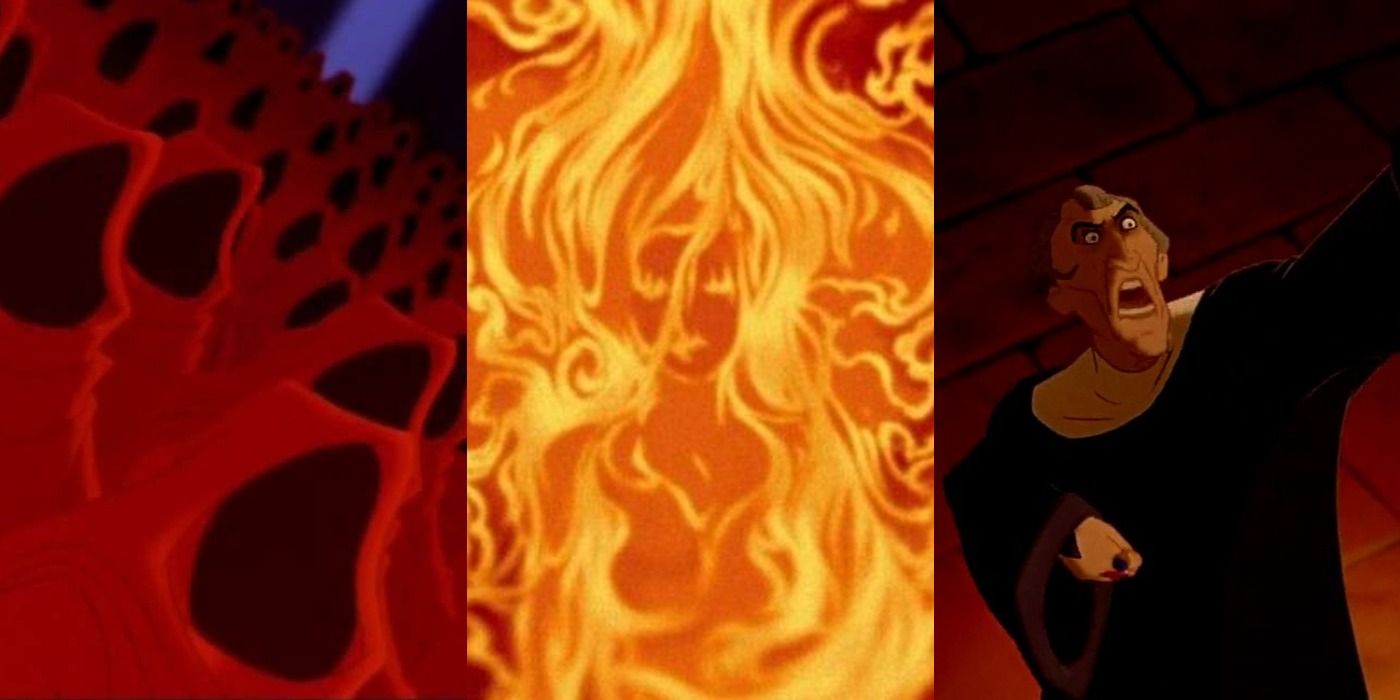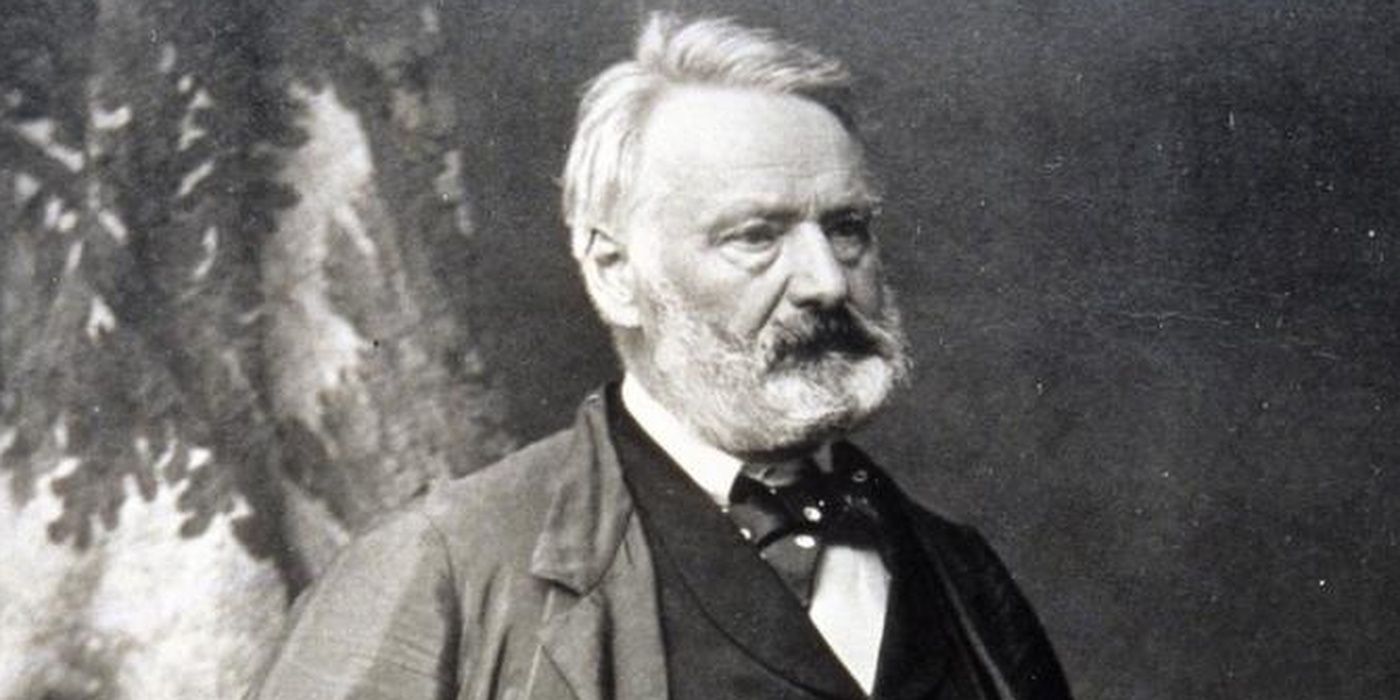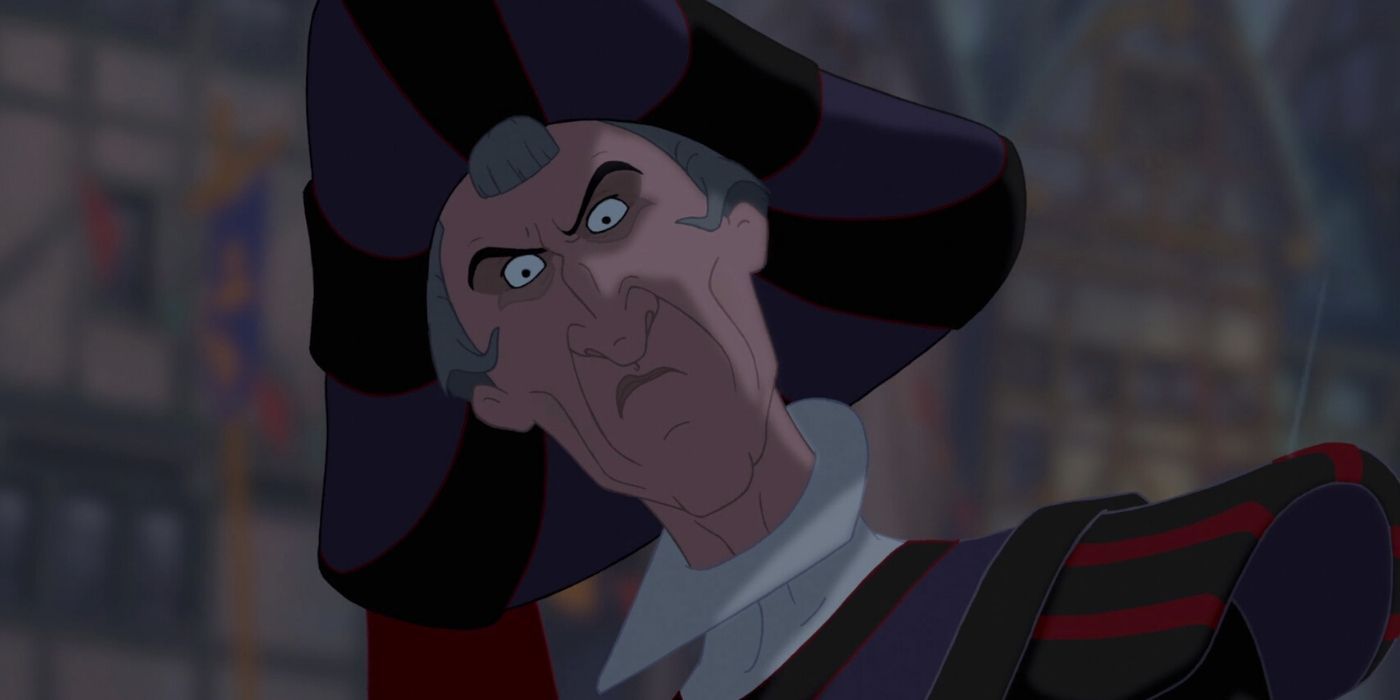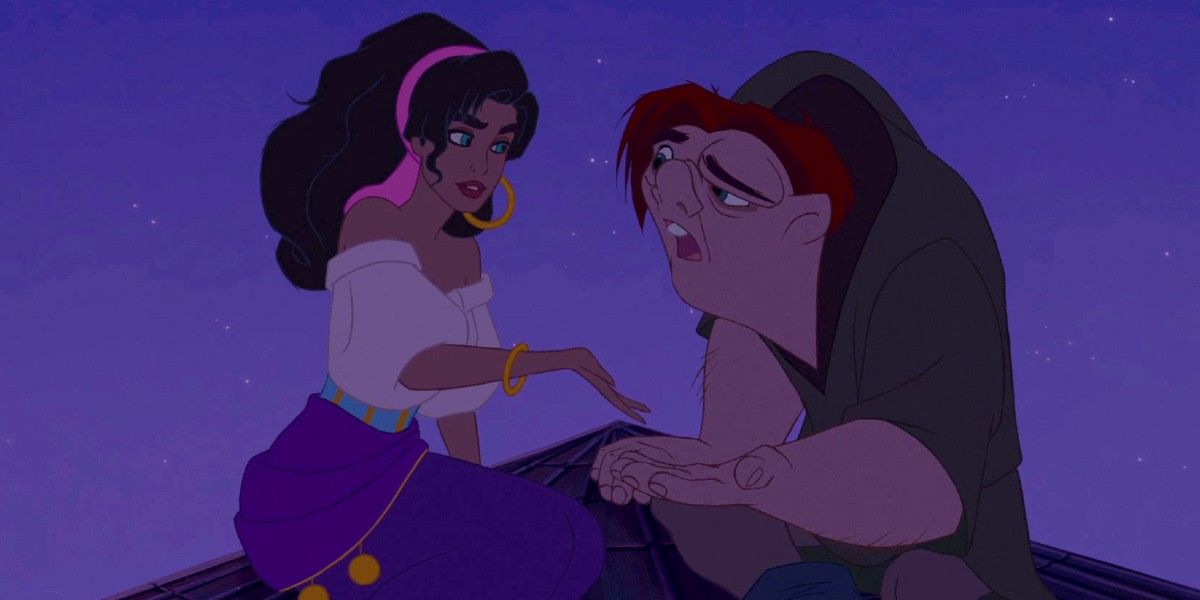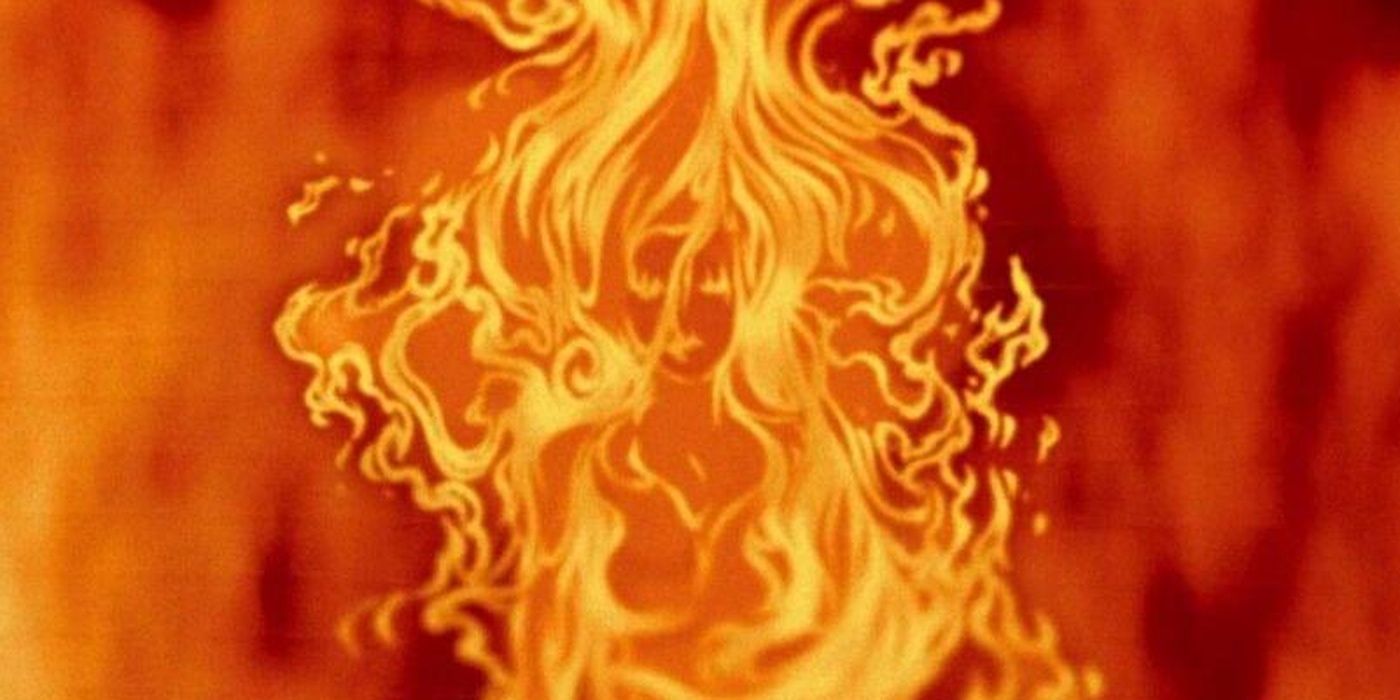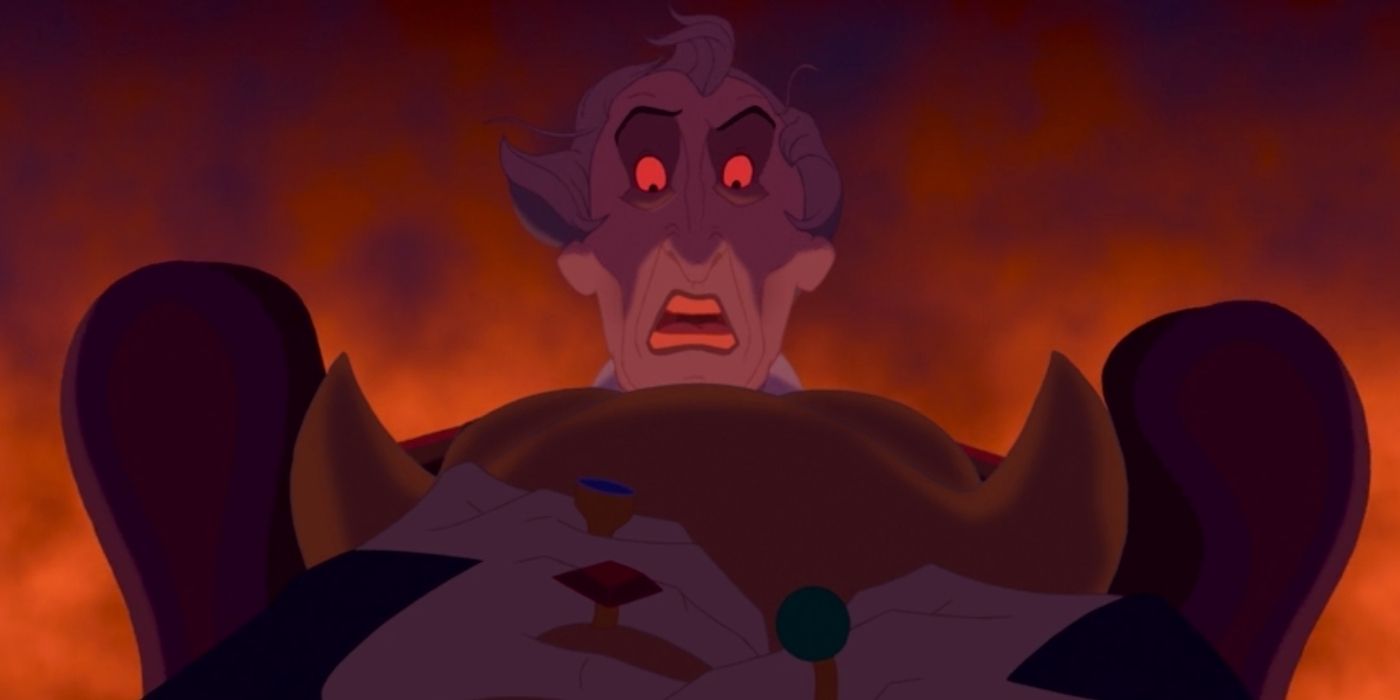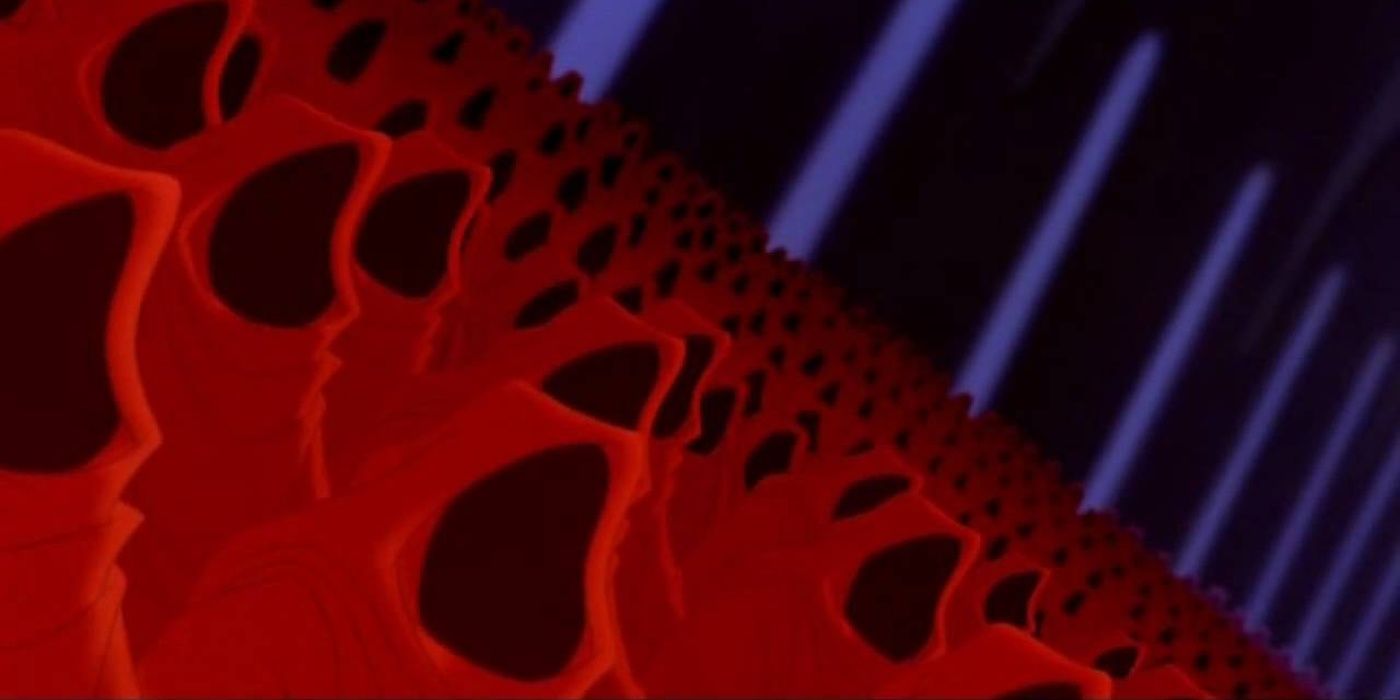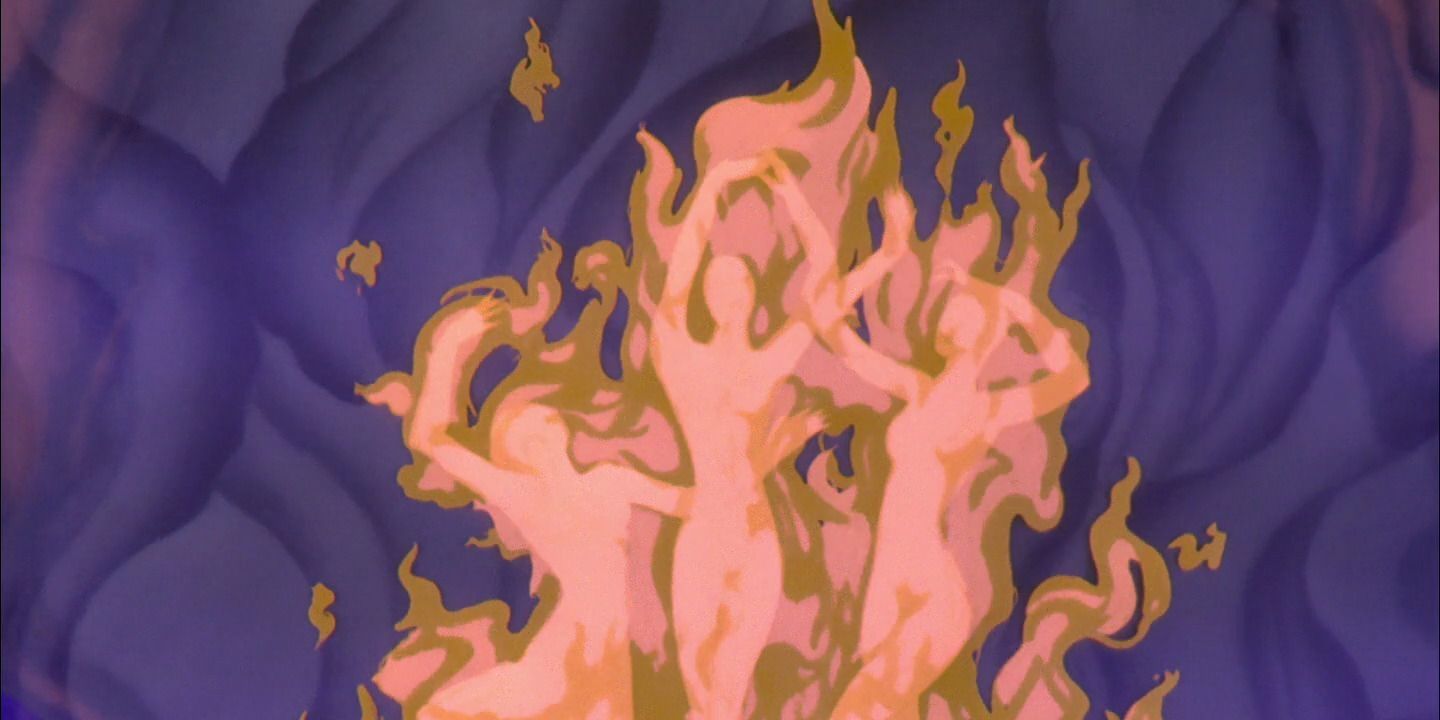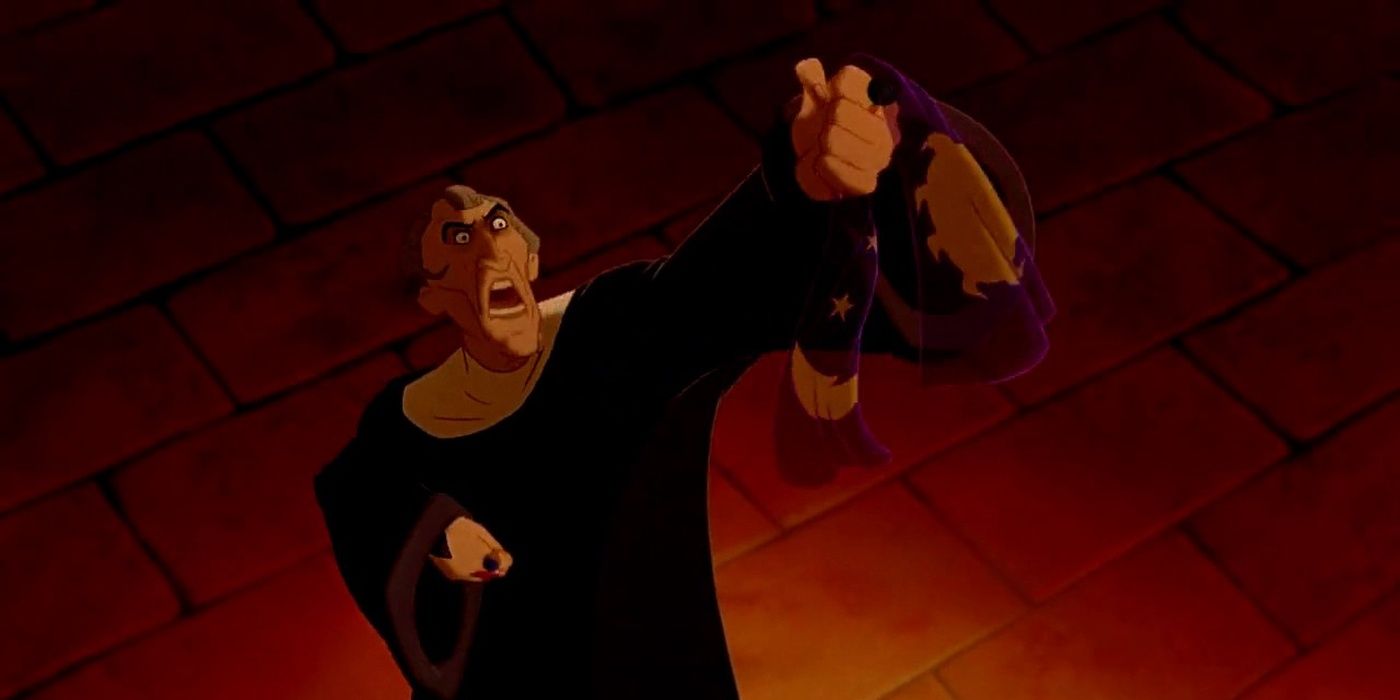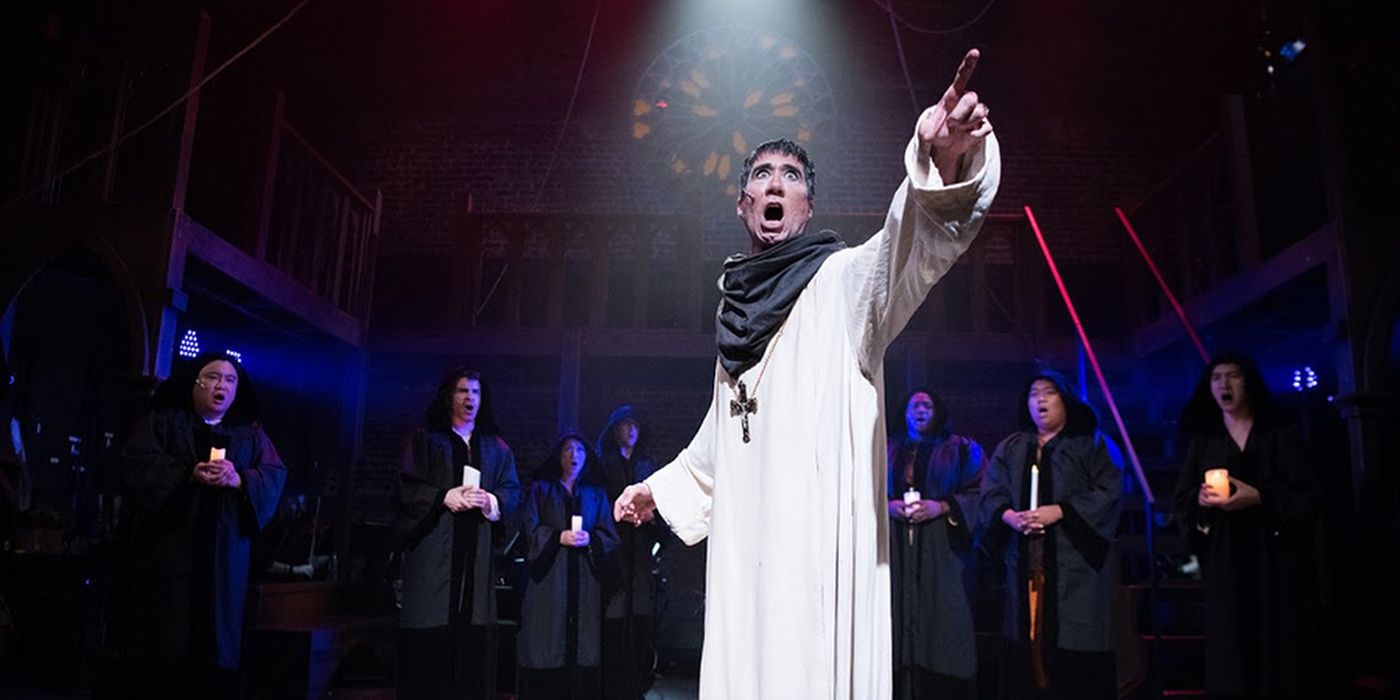"Hellfire," sung by the infamous Judge Claude Frollo, is perhaps one of the most impressive, controversial, studied, and discussed musical numbers in all of Disney. It's beautifully animated, features incredibly dark imagery, and deals with mature themes. It was so perfect, Disney wouldn't do another villain number for literally years.
RELATED: Disney+: The Most Epic Movies Available To Stream Right Now
But is there really a method behind the madness? Why is this song considered by many, including some of Disney's own animators, to be the perfect villain song? And how on earth was it able to get past the execs with all the mature content it contains? The hellish embers just might hold a few genius gems.
It’s A Reflection Of A Plot Point In The Book
One thing Disney is often criticized for, Hunchback of Notre Dame included, is being too kid-friendly and too "Disneyfied." This sequence, however, is surprisingly inspired by something incredibly crucial to the original Victor Hugo novel.
The song is a reflection of Frollo's lustful desires for Esmerelda, a plot point in the book that causes the character intense anguish and conflict. Putting that same anguish to music resulted in one of the most complex and expressive villain songs ever featured in any musical, Disney or otherwise.
It Shockingly Makes Frollo Sympathetic
Frollo is not the most sympathetic creature in the Disney canon, that's pretty cut-and-dry. That said, "Hellfire" does reflect his own personal morals and shortcomings. By basic standards, Frollo is a devout Christian, and seeing him struggle with his sins does paint him in a more sympathetic light.
On one level, he's lusting after a significantly younger woman. But he recognizes his fall from grace and struggles with his moral decay. By doing evil in the name of good, it makes for a more complex villain
It Was Purposefully Paired With Heaven’s Light
Stephen Schwartz definitely knew what he was doing when he wrote the lyrics for this Disney masterpiece. Not only was "Hellfire" the perfect villain song, but its juxtaposition with Quasimodo's rendition of "Heaven's Light" is both brilliant and beautiful.
The two numbers express the same feelings towards the same woman, but with completely opposing ways of handling them. There's a reason the two contrasting compositions are often played with one another, and it's nothing short of musical genius on Disney's part.
The Scene With Esmerelda's Spirit Was Inspected Frame By Frame
Lust is a heavy theme in this number, and it's visually and beautifully represented by the vision of Esmerelda in Frollo's fireplace. It's great visual storytelling, but a feature that had to be excruciatingly created to get past Disney execs.
It takes a certain amount of skill to make sure a flame remains entirely clothed. Esmerelda was inspected frame by frame by Chris Jenkins, presumably to keep her visuals G-rated, despite the song's message and themes.
There Is Foreshadowing Everywhere
Yet another example of genius storytelling on Disney's part, the amount of foreshadowing regarding the fate of Frollo's soul in this number is simply astounding. It's a game of showing-not-telling, and "Hellfire" has it down to a science.
Even before the fiery imagery hits, Frollo is already confessing his list of sins through the lyrics. Once the scarlet specters of the monks appear and encircle his body towards the flames, it's made all too clear through the glory of gorgeous Disney animation.
There Is A Lot Of Religious Symbolism For A Disney Flick
Jumping off the previous entry, religion and faith are two key themes in the entire movie, but no songs explore these two themes better than this number. From beginning to end, the fate of Frollo's soul is in jeopardy.
The priests in the background are singing the "Confetior," a confession of sins, as Frollo reflects on his own. The hooded specters are chanting "mea culpa," as Frollo denies his fault in his lust for Esmerelda. And if that all wasn't enough, the crescendo of the big finish ends with Frollo falling on his face in the shape of a crucifix.
It’s Been Compared To Night On Bald Mountain
The hellish flames, the demonic hooded figures rising up into the sky, the visions of damnation, hell, and other related themes might seem a bit too much for a Disney release, but many hardcore fans will recognize that this isn't exactly new territory for the studio. In fact, it was the comparison to Fantasia's "Night on Bald Mountain" that kept the scene unaltered.
"Night on Bald Mountain" was one of the most frightening sequences the studio ever animated, essentially being a vision of the underworld inspired by the song of the same name. "Hellfire" takes more than a few visual cues from it, and only adds a more complex narrative.
It Might Be An Allegory For Religious Hypocrisy
Something recently discussed about the sequence is the possibility that Frollo and his internal turmoil represent the hypocrisy of many fanatical minds. Frollo has the idea that his desires for Esmerelda aren't his fault, and that if he can't have her as his own, then she must be cast into the fires of hell - not exactly something most sane people would come to.
He's so unwilling to accept that even a pious man of God can fall short that he is willing to burn down all of Paris to purge the city of HIS sin.
The Stage Version Is Somehow More Intense
The Off-Broadway stage production of The Hunchback of Notre Dame takes a great deal more from the book than the original version did, but even in this new medium, "Hellfire" is still a showstopper. But how does the staged version of the sequence fare in comparison to the animated one?
The short answer is less is more. In the show, Frollo is portrayed as the archdeacon as he is in the novel, and his story is more fleshed out than Quasimodo's. Because the audience has more time to understand him, his emotional turmoil is easily heavier. Of course, Patrick Page's portrayal also helps.

